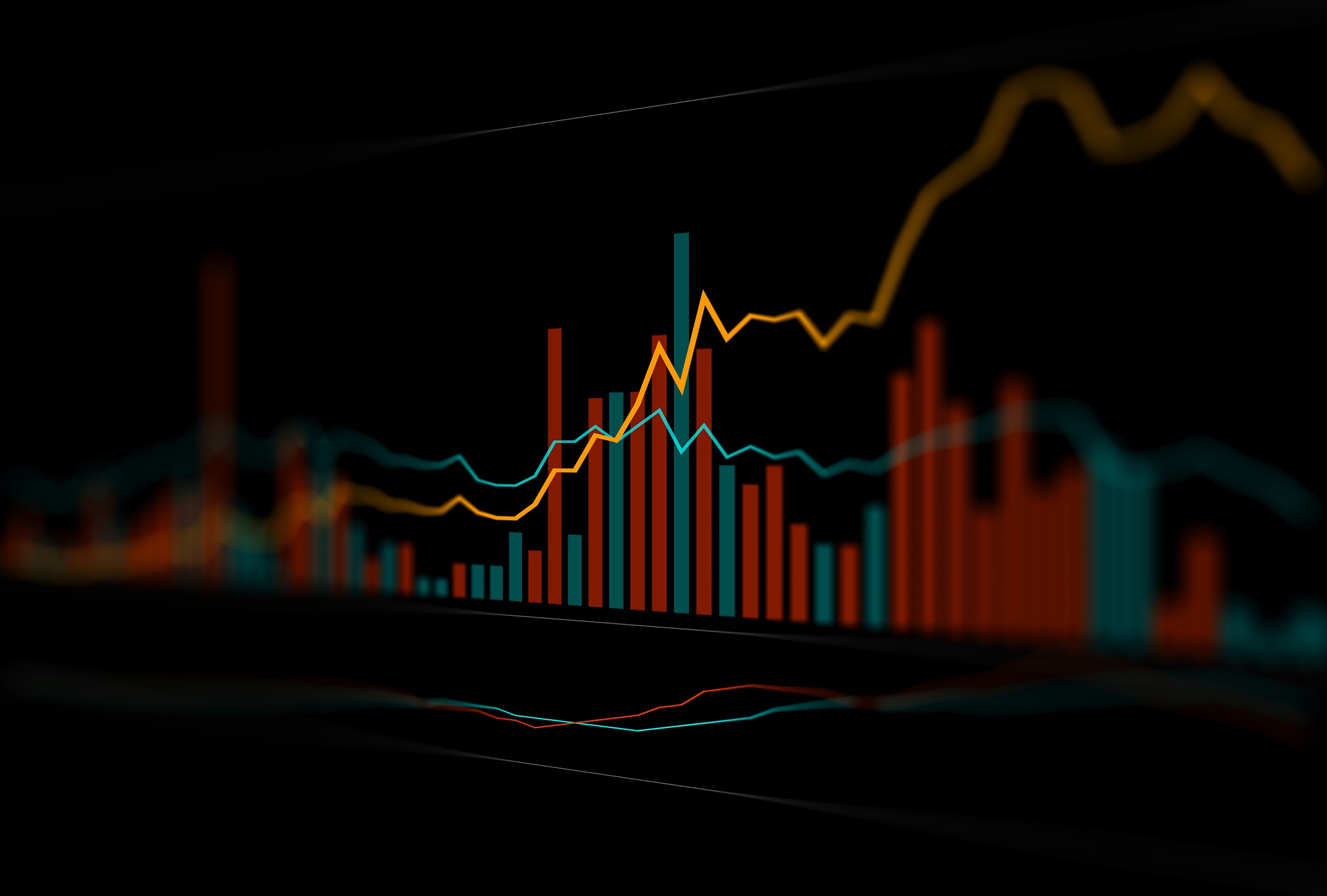Twas the weeks before an interest rate hike, and all through the markets, not an investor was worried, not even growth investors.
Sentiment is at all-time highs, and with this current bull market officially becoming the longest in history in recent days, stories about how this thrill ride may come to an end are, understandably, being pushed aside in favour of considerable amounts of bullish commentary on companies with valuations that are completely out of alignment with reality — think Shopify’s (TSX:SHOP)(NYSE:SHOP) forward price-to-earnings ratio of 715.
At 14 basis points (bps), or 0.14%, the Canadian treasury yield curve (two-year Canada government bond yield minus the 10-year Canada government bond yield) is at its lowest level since before the last recession. As I’ve written about in the past (when the yield curve was at a then low of 20 bps), a yield curve inversion would all but spell an end to this bull market, although not necessarily immediately. The U.S. market’s 2-10 spread currently sits at 22 bps.
Nearly every recession in recorded history has been preceded by an inversion of the 2-10 treasury yield spread (it is shockingly correlated with crashes — take a look at any 2-10 yield curve historical graph). The reasons for this have been debated by economists for some time, and while this leading indicator is nearly perfect, every time the yield curve inverts or gets close to inverting, investors somehow begin to go blind to the economic realities that underpin financial markets at a time when industry professionals should be the most worried.
Canada’s 10-year bond yield and 30-year bond yields have already inverted, although they are almost exactly flat at this point in time, meaning an inversion of the 2-10 spread is expected to come soon, given the position the Bank of Canada and Federal Reserve have taken toward gradual rate hikes of late.
Experts expect one to two rate hikes to invert the yield curve due to short-term rates being more sensitive to changes in the target overnight rate set by central banks. By my math, we’re a few weeks to a few months away from yield curve inversion if this trend continues. With recessions typically following initial inversion by 12-18 months, a significant decline by the end of next year should be expected by all.
Bottom line
This bull market may indeed have more room to run, but it is clear to me that the party is almost over. Any investments I would consider at this point in time would be either (1) counter cyclical and negatively correlated to equity markets or (2) simply too dang cheap, insulating these firms from an economic decline.
In short, high-growth names such as Shopify ought to be pushed aside in favour of the least attractive but most stable and boring companies out there providing safety. Don’t take my word for it, look at the data and expert opinions on this. You won’t be sorry.
Stay Foolish, my friends.








